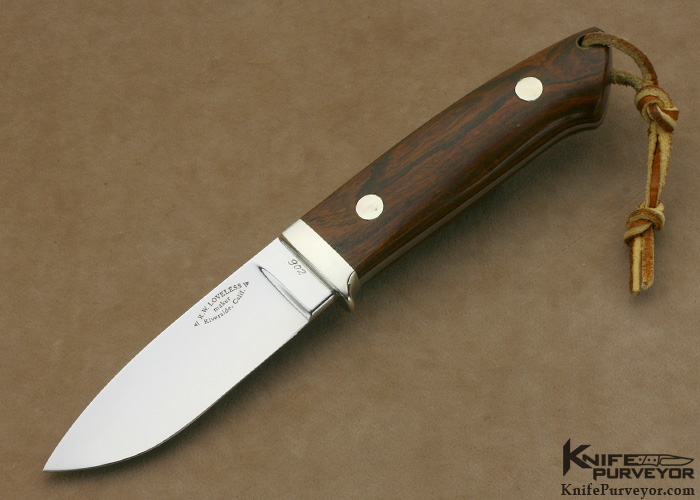opaul
Well-Known Member
Finished this little knife up and used Lignum Vitae for the scales. I glued it up with G10 liners that aren't visible in the photo. From what I have subsequently read this is probably not true Lignum Vitae but "Argentine lignum vitae". True Lignum Vitae is scarce and considered endangered. I didn't know that before I used the wood. Interesting what you find out when you research stuff. Pins and tube are bronze. And I forgot my makers mark  .
.




